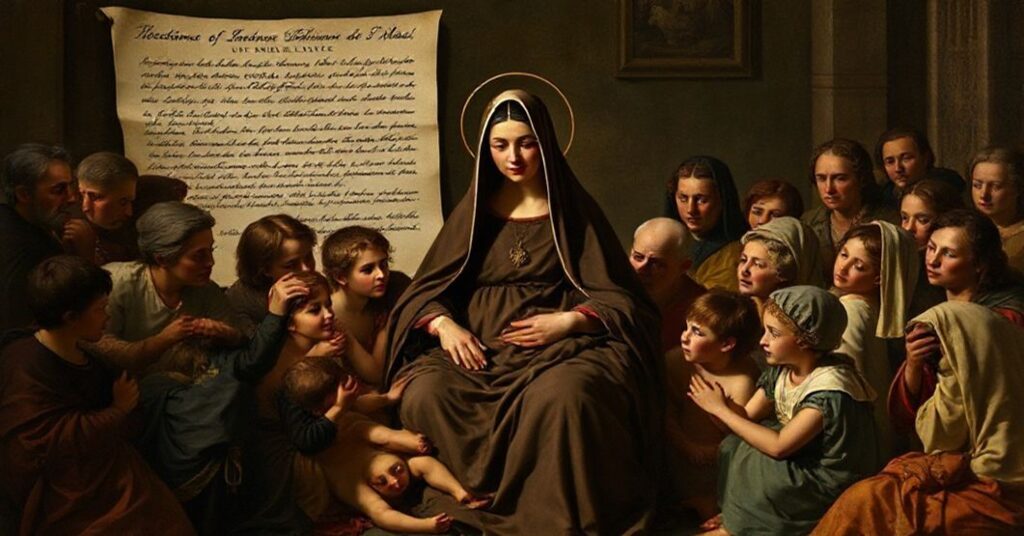Existimationi nostrae (1959.01.14)
In this brief Latin letter dated 14 January 1959, John XXIII congratulates Cardinal Giuseppe Pizzardo and the Pontifical Theological Roman Academy for organizing a solemn commemoration of the nineteenth centenary of the Epistle to the Romans. He praises the Epistle as the summit of Pauline doctrine and Christian theology, invokes Chrysostom, recalls Phoebe bringing the letter to Rome, and expresses the wish that this anniversary deepen theological study and Christian virtue among Romans and the faithful; he ends with an “apostolic blessing.” This seemingly pious note is in reality a polished veil for the nascent conciliar revolution, baptizing its future subversion with Pauline vocabulary while betraying the very doctrine of St Paul and the pre-conciliar Magisterium he pretends to honor.










